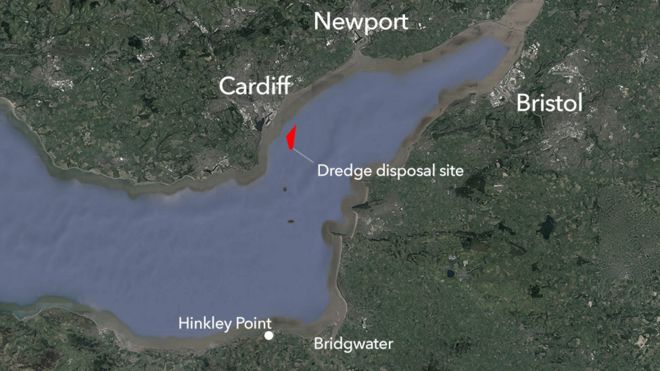The Natural Resources Wales consultation lasted till 9th February.
Many members of DIAG sent in objections. Barry&Vale FoE concentrated on some fundamental points for rejection of the license application. Winning the point that the process comes under the Industrial Emissions Directive (IED) will be important in stopping the current operations, supposedly restricted to a Standard License.
JME have also started a pre-planning consultation - their present operations have no planning consent, but the VoG Council has failed to enforce against them.
JME want to take in waste wood, sort and chip it to make fuel for the Biomass incinerator, and also receive incinerator ash for onwards transfer. They would do this in the open air, spreading the harmful dust everywhere with no regard to impacts. The waste-wood is classed as "non-hazardous" but of course the dust from chipping it can be and is hazardous when breathed in. NRW officers appear not to understand this!
FoE Objection to License
for J M Envirofuels (Barry) Limited,
Berth 31 Wimborne Road, Barry Docks
We point out this application
for sorting and shredding wood for use of incinerator fuel comes under the
Industrial Emissions Directive, as the processes improve the nature of the fuel
and its quality for feeding the incinerator.
We therefore object fundamentally to licensing it outside the
Directive's requirements.
We are aware that the NRW has formally agreed to exclude
changes to the "physical nature" from its definition of processes
that improve the nature of the fuel.
We challenge this as a wrong decision that has no basis in law or
industry usage.
# Standard descriptions include physical and thermal methods to improve
fuel quality.
A quick internet search finds the Conference publication describes
"commonly used methods to improve biomass fuel quality by physical and
thermal transformation" in Research progress of biomass fuel
upgrading and distributed utilization technology, by Liu, Shuguang et al. DOI
- 10.1088/1755-1315/227/2/022002 IOP Conference Series: Earth and
Environmental Science
# Elsewhere are descriptions of improving biomass fuel quality by
densification and moulding, like processes for producing fuel pellets Thus industry usage shows NRW were
wrong to exclude physical treatments from their definition of methods that
improve fuel quality.
# The physical processes proposed at Berth 31 in fact improve quality.
JME say they collect materials from skips, such as doors, window
frames, roof timbers, kitchen cupboards, used work-tops etc. These are likely to
include metal handles and fitments, window glass which they sort out.
Excluding non-combustibles by definition improves the calorific value. Thus sorting undoubtedly
improves its nature as fuel.
# The remaining waste wood is unusable as fuel until it is
chipped/shredded; large pieces have to be excluded as they pass through the
system incompletely combusted. The chipping/shredding undoubtedly improves its
nature as fuel for the incinerator.
We therefore object that this
application be rejected, and one submitted under the more stringent
requirements for a facility covered by the IED.
In the IED submission, we expect proper evidence on the nature of the
dust from the process, much of which is not "sawdust" as stated but
fragments of paint and non-wood materials. Data from similar waste wood
chippers must be supplied, on the nature and hazard of the dust, on
health-experiences from people living close to such facilities, and on
environmental effect of the dust including in leaching chemicals into surface
waters.
The IED submission must justify each statement in the Risk Assessment,
showing the capacity of drainage systems can cope with the heaviest rainstorms
and worst-case firewater usage; restriction on recreational use of dock waters
from run-off contamination etc. It must detail all receptors liable to
be affected, not use the vague term livestock, but include mussel-farms as well
as fish stocks in Barry Dock.
The IED submission must also detail how the 20 000 tonnes of wood waste
could be accommodated on this site, when the two 'maltese crosses' of chipped
wood can hold at most 2000 tonnes. In what form is the rest to be stored?
Request for an IED licence that covers both the incinerator and Berth 31
that supplies it.
NRW officers said they thought one licence could not cover two
companies, yet the Directive allows this, as long as the specific
responsibilities are set out.
Reasons for a combined licence are that
# the incinerator cannot function without this supplier - and have
signed a long-term contract with them.
# The quarantine area to receive part-burned fuel in case of fire on the
incinerator site is at Berth 31. JME have
to set aside that quarantine area.
# The haulage road between the incinerator and Berth 31 is a private
road, not subject to controls on sheeting of lorries or spillages (which can
affect nearby receptors, including the Dock's controlled waters). Only by NRW
requiring a combined IED licence can the haulage be brought under proper
controls for the protection of people and the environment.



